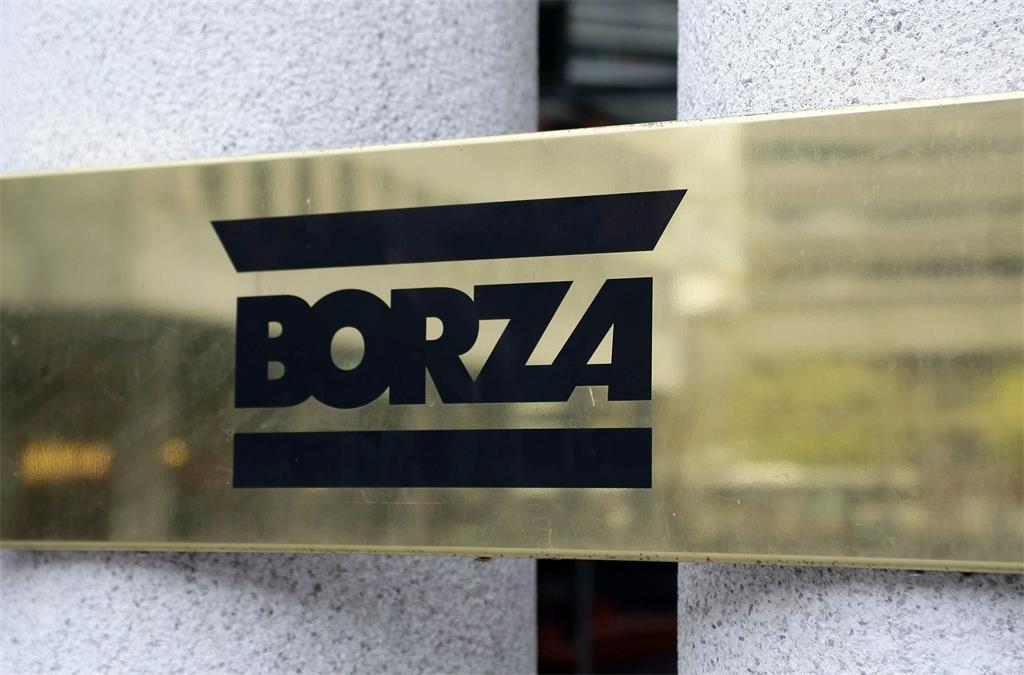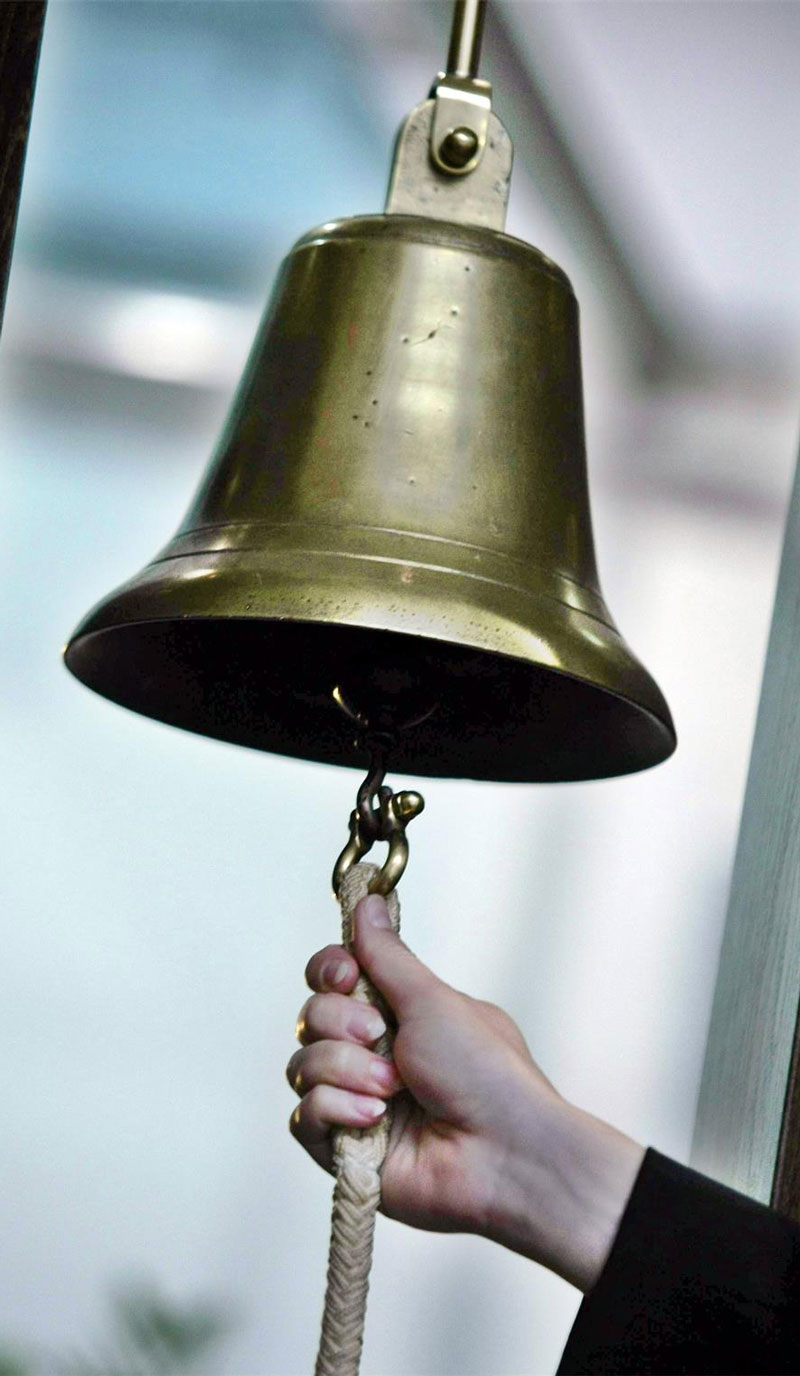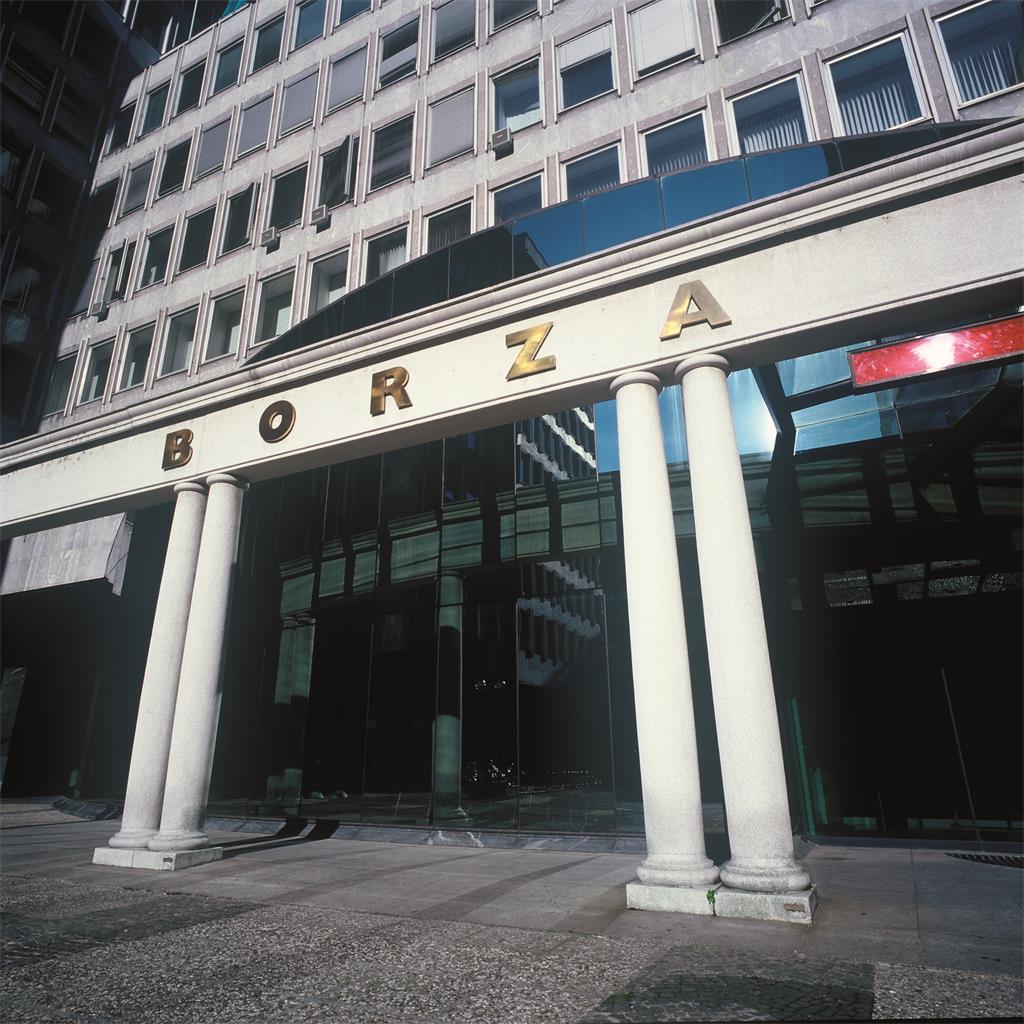The Stock Exchange from 1924 to 1942
As early as in 1922, businessmen gathered around the industrialist Dragotin Hribar (founder and first president of the old Exchange), endeavouring to set up another stock exchange beside the one in Zagreb. He chose Ljubljana as the venue. In that same year the minister in charge approved a market for trading in commodities and securities to be established in Ljubljana; however, he did not allow foreign exchange dealing. It was only on 6 August 1923 that the efforts to raise awareness about the need for a stock exchange paid off. On that day Dragotin Hribar convened the first general meeting of the Ljubljana Stock Exchange; it was held in the present-day Philharmonic Hall at the Ljubljana Congress Square. The Exchange officially began to officiate only after lengthy preparations, on 16 August 1924, whereas the first trading deals were carried out two days later. Initially, trading was done only in securities and commodities (mostly in wood and grain), and three years later foreign exchange dealing was also allowed. The latter represented about 93 to 99 percent of the total turnover of the Exchange at that time, therefore hearty endeavours to obtain a licence from the then finance minister from Belgrade were self-explanatory. Trading was carried out the way most people still imagine it today - on the floor of the Stock Exchange (open outcry), where brokers shouted out their buy or sell offers and matched them up. Today, the brokers' open outcry method has been replaced by electronic computer trading on the majority of stock exchanges.
Upon the opening of the Exchange, 27 securities were traded, the majority of which were state securities, and the rest were securities of Slovenian financial institutions and industrial enterprises. Many of them were the predecessors of todays well known Slovenian companies: Pivovarna Union (the Ljubljana brewery), Union - Hotelska in stavbinska d. d., Ljubljana (hotel and real estate co.), Tekstilna Kocevje (textile industry), Sesir Skofja Loka (hat manufacturers), Tovarna dusika Ruse (nitrogen producers), Zdruzene papirnice (the Ljubljana paper mill), Kranjska industrijska druzba Jesenice, Trboveljska premogokopna druzba Ljubljana (colliery).
In 1930, the Exchange moved to a new location, to Gregorciceva ulica 27. It operated there, in Trgovski dom (Merchants Hall), until the Second World War. In 1942, some trading in commodities did continue to go on, but no information on trading after that year transpired until the present day. The present Ljubljana Stock Exchange strives to maintain and further develop the tradition and reputation of the old Exchange.
Upon the opening of the Exchange, 27 securities were traded, the majority of which were state securities, and the rest were securities of Slovenian financial institutions and industrial enterprises. Many of them were the predecessors of todays well known Slovenian companies: Pivovarna Union (the Ljubljana brewery), Union - Hotelska in stavbinska d. d., Ljubljana (hotel and real estate co.), Tekstilna Kocevje (textile industry), Sesir Skofja Loka (hat manufacturers), Tovarna dusika Ruse (nitrogen producers), Zdruzene papirnice (the Ljubljana paper mill), Kranjska industrijska druzba Jesenice, Trboveljska premogokopna druzba Ljubljana (colliery).
In 1930, the Exchange moved to a new location, to Gregorciceva ulica 27. It operated there, in Trgovski dom (Merchants Hall), until the Second World War. In 1942, some trading in commodities did continue to go on, but no information on trading after that year transpired until the present day. The present Ljubljana Stock Exchange strives to maintain and further develop the tradition and reputation of the old Exchange.


The new story of the Exchange since 1989
After a break of almost 50 years, the Ljubljana Stock Exchange - a joint stock company, Ljubljana, was established on 26 December 1989, and more than three months later it began to operate regularly with various financial instruments. The first stock exchange meeting, on March 29, 1990, was attended by 14 stockbrokers who traded in 11 securities. Since 1993, the stock exchange has been operating at its current location; Slovenska c. 56, Ljubljana. The year 1993 was also marked by the introduction of the BIS electronic trading system.
Stockbrokers last gathered on the stock market floor on 14 December 1995, as since then trading has been exclusively electronic. In 1996, on January 8, the first dematerialized shares (Kolinske d. d.) were listed on the Exchange, which represents the beginning of the operations of the Central Securities Clearing Corporation (KDD). The Dematerialized Securities Act, on the basis of which all issuers were forced to issue securities in electronic form, entered into force l. 1999, and in the same year the operations and trading system were transferred to the BTS.
Stock Exchange became calculating indices, including the central SBI 20 index, in 2000, and the electronic information system for SEOnet issuers began operating two years later, in 2002. The development of the capital market coincided with Slovenia's development and its accession to the EU. In addition to mass privatization, Slovenia's independence and its independent development, entry into the EU and later entry into the euro area was an exceptional milestone with a positive impact on the functioning of the capital market. During this period, the stock exchange recorded record turnovers, and the SBI TOP index reached its peak in 2006 with a value of 1,506.88 points. On January 3rd, 2007, trading in euros begins.
In 2008, the Vienna Stock Exchange and the then owners of the stock exchange (members) signed an agreement on the sale of 81.01 shares of the Ljubljana Stock Exchange. A year later, the Ljubljana Stock Exchange, together with the Vienna, Budapest and Prague Stock Exchanges, began operating within the umbrella group of Central and Eastern European stock exchanges, the CEE Stock Exchange Group. An important step that placed the stock exchange even deeper in European capital flows was the start of trading on the international Xetra system in 2010. The stock exchange thus gained important new foreign memberships in the following years.
Stockbrokers last gathered on the stock market floor on 14 December 1995, as since then trading has been exclusively electronic. In 1996, on January 8, the first dematerialized shares (Kolinske d. d.) were listed on the Exchange, which represents the beginning of the operations of the Central Securities Clearing Corporation (KDD). The Dematerialized Securities Act, on the basis of which all issuers were forced to issue securities in electronic form, entered into force l. 1999, and in the same year the operations and trading system were transferred to the BTS.
Stock Exchange became calculating indices, including the central SBI 20 index, in 2000, and the electronic information system for SEOnet issuers began operating two years later, in 2002. The development of the capital market coincided with Slovenia's development and its accession to the EU. In addition to mass privatization, Slovenia's independence and its independent development, entry into the EU and later entry into the euro area was an exceptional milestone with a positive impact on the functioning of the capital market. During this period, the stock exchange recorded record turnovers, and the SBI TOP index reached its peak in 2006 with a value of 1,506.88 points. On January 3rd, 2007, trading in euros begins.
In 2008, the Vienna Stock Exchange and the then owners of the stock exchange (members) signed an agreement on the sale of 81.01 shares of the Ljubljana Stock Exchange. A year later, the Ljubljana Stock Exchange, together with the Vienna, Budapest and Prague Stock Exchanges, began operating within the umbrella group of Central and Eastern European stock exchanges, the CEE Stock Exchange Group. An important step that placed the stock exchange even deeper in European capital flows was the start of trading on the international Xetra system in 2010. The stock exchange thus gained important new foreign memberships in the following years.
Ljubljana Stock Exchange Today
On 30 December 2015, the Zagreb Stock Exchange bought shares from the CEESEG Group and the remaining owners and became the new, 100% owner of the Ljubljana Stock Exchange. The Ljubljana Stock Exchange joined the SEE Link regional trading platform project on 8 December 2016. Since 2017, in addition to managing the organized market, the stock exchange has also been managing a multilateral trading platform called the SI ENTER market. The latter enables trading in securities that are not listed on the stock exchange market and, compared to the OTC market, ensures more transparent and better exchange rate design. In the same year, the stock exchange started marketing the Funderbeam SEE group financing platform, intended for companies in the early stages of development. In 2018, the SI ENTER market opened a new segment for SMEs called Progress - a segment for issuing securities of small and medium-sized enterprises. As part of the support for SMEs to operate in the capital market, the stock exchange is starting to implement the support program for education and consulting Partner program. In the same year, with the inclusion of the stock exchange in the international partnership Sustainable Stock Exchange Initiative, which in addition to the development of the market for small businesses also provides for the promotion of financing environmental and socially beneficial projects, the stock exchange established a market for issuing green bonds.








